In 2025, SPED Strategies partnered with Rivet Education to co-create a new badge for the Professional Learning Partner Guide that recognizes PL providers with true expertise in supporting students with disabilities. This badge goes beyond general inclusivity, highlighting providers whose professional learning offerings are intentionally designed to improve instruction and outcomes for students with disabilities. For state and district leaders, this badge offers a powerful new signal when evaluating providers: a way to prioritize those who demonstrate a deep, evidence-based commitment to providing students with disabilities access to the full rigor of grade-level instruction.
1. Introduce us to SPED Strategies and its mission.
At SPED Strategies, our mission is to provide the solutions needed at every level of the education system to transform the daily experiences for every student. Since 2020, communities from California to Massachusetts have invited us in, trusting us to help solve real challenges their students with disabilities face every day. This typically looks like professional learning, coaching, or systems improvement at the state, district, or school level.
What sets us apart in the landscape of providers supporting education communities is our belief in working alongside our partners in service of their goals. At the core of our approach is intimately getting to know our partners and using this to guide our support. We know that meaningful change begins and ends with people and our goal is to strengthen our partners’ ability, so they are empowered to support the students they serve.
2. What strengths do you often see in instruction when it comes to students with disabilities?
We often see teachers really trying to understand their students and come up with solutions that meet their needs. Every teacher we’ve crossed paths with has entered the profession because they love the idea of making learning fun and engaging. What we know to be true is that teachers earnestly want to do right by their students and they are working hard to make this a reality.
3. What weaknesses or gaps do you often see in instruction when it comes to students with disabilities? What knowledge and skills are educators missing?
With the momentum for states to adopt HQIM, we’ve seen teachers leaning into figuring out what their materials are and how to use them. Unfortunately, adoption of HQIM alone is not sufficient for effectively instructing students with disabilities. And, when implementing HQIM gets difficult, like when students struggle in a given lesson, we’ve seen that a common instinct is to abandon the HQIM and lower expectations through remediation. While this may be done with the best intention, it causes students with disabilities to fall further behind.
Educators and leaders across the country need real solutions on how to ensure HQIM is accessible to all students. They need in depth implementation support that helps them unpack individual lessons in the HQIM in order to think critically about how to apply them across tiered instruction. We do this a lot with our partners and have started to see exciting results. Take one of our partners in Louisiana that we’ve partnered with for four years. Last year, they were recognized as one of the top 5 districts in the state with the greatest growth for the population of students with disabilities on literacy standardized tests. This was made possible through practical solutions that could be implemented in classrooms across the district daily.
4. How did you become involved in the Students with Disabilities Badge development?
As two organizations focused on changing outcomes for students, our paths have crossed in various ways. Before Rivet Education and SPED Strategies were started, our founders were collaborators at the Louisiana Department of Education.
As each of our organizations grew, we stayed in touch, admiring each other’s accomplishments. While working state-wide in Nebraska, we partnered with various state and local agencies on realizing Nebraska’s Journey to Inclusion. Simultaneously, Rivet Education was partnering with the Education Service Unit (ESU) Professional Development Organization in Nebraska to offer a training series to ESU staff on how to support districts with adoption and implementation of HQIM. During the series, ESU staff continued to surface questions and concerns about supporting districts by effectively using HQIM for students with disabilities. Rivet knew they needed an expert to help answer ESU staff questions and they knew coherence in response mattered. As a partner already versed in understanding the needs of Nebraska communities, they knew we would be a perfect fit. We collaborated on the development and implementation of a training that led to big results; 100% of participants agreed that the training positively impacted their understanding and ability to meet the needs of students with disabilities. Seeing the impact underscored what we had a hunch about: that organizations supporting districts need to grapple with how HQIM can be leveraged when instructing students with disabilities.
From there, we looked for opportunities to continue to collaborate which took us to Kentucky and, now, our current partnership focused on the SWD Badges for Teachers and Leaders. Rivet Education recognized their need for an expert to help develop the concept of a badge and knew from our work that our expertise spanned supporting students with disabilities and designing and implementing pilot programs. The rest is history!
5. Why was it important to create a badge that certifies PL providers in supporting students with disabilities?
There are so many reasons why having a way to certify providers who have particular skills is important. For supporting students with disabilities in particular, it really elevates the expectations states and districts have for providers. Having a badge that certifies effective support for students with disabilities allows consumers, states and districts to filter within high-quality providers to find those with particular expertise, such as supporting leaders to foster building-wide conditions for collaboration to help educators across a student’s support team connect about a student’s progress, align on strategies for support, and discuss areas where they can each can reinforce learning, routines, and more. They can then use details like this to make informed purchasing decisions.
But, ultimately, what is most important is that this badge pushes the field to continue developing expertise in areas we know are important for increasing achievement for all students in a competitive market and pushes other providers to reach certain levels of quality in order to be competitive. By creating this badge, more and more providers will strive to develop and demonstrate expertise in serving students with disabilities which, we believe, will increase the likelihood that students with disabilities will be supported more effectively. Ultimately, this will increase access to HQIM for students with disabilities.
6. What experience or research shaped the badge rubric criteria?
Every member of our team at SPED Strategies has experience providing direct support to students with disabilities, their families, and the staff that support them in classrooms and buildings. Our team has decades of leadership experience, with the majority of our members having served as school administrators, district leaders, graduate school and education preparation program leaders, and/or state directors. Notably, members of our leadership team have also led implementation and professional learning teams at a greenlit curriculum publisher, focused on supporting districts across the country in effective use of HQIM.
This practical experience is coupled with deep familiarity with state and national standards related to teaching and leading students with disabilities, including IDEA requirements, state special education standards, and professional teaching standards for students with disabilities. We have built this knowledge through the extensive research we have conducted to build education prep programs and professional learning series for teachers and leaders around the implementation of HQIM at the classroom and school levels.
As a team, we drew from our experiences to articulate an extensive list of topics that providers could demonstrate proficiency in, in order to be certified with a badge signaling their expertise in students with disabilities. We then engaged in several focus groups with existing PLPG providers and experts in the field to identify the highest priority indicators from this list and clarify indicator language related to these knowledge and skills.
7. What are some examples of key competencies or capacities that professional learning providers will have to demonstrate to earn this badge?
The SWD Badge is all about increasing access to HQIM for students with disabilities. This includes the systems and structures that support educators in making intentional decisions in their classrooms, such as systems for collaborative planning or shared data analysis. It also includes the daily practices educators in which educators need to engage, such as utilizing universal design in their instruction.
For each competency in the rubric, providers must demonstrate how they develop both participants’ beliefs and skills for supporting students with disabilities in accessing HQIM. This dual focus ensures that providers not only teach knowledge, skills, and strategies, but also help participants understand why these practices matter, ultimately building participant independence and expertise.





